
In his latest Functionally Fit, Brian demonstrates Stability Ball T-Spine Rolls, which are intended to thoracic spine mobility and core stability.
See 'Related Resources' below for past Functionally Fits and other exercises and training tips.
Execution:
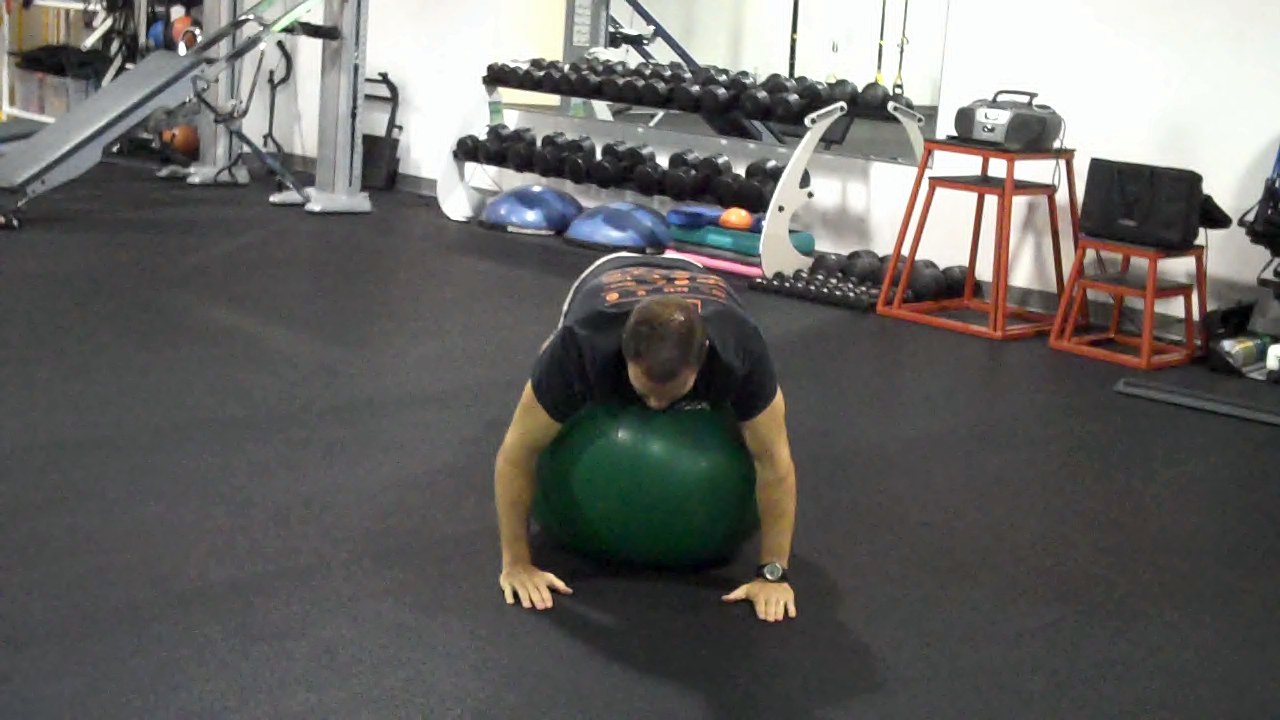
 | 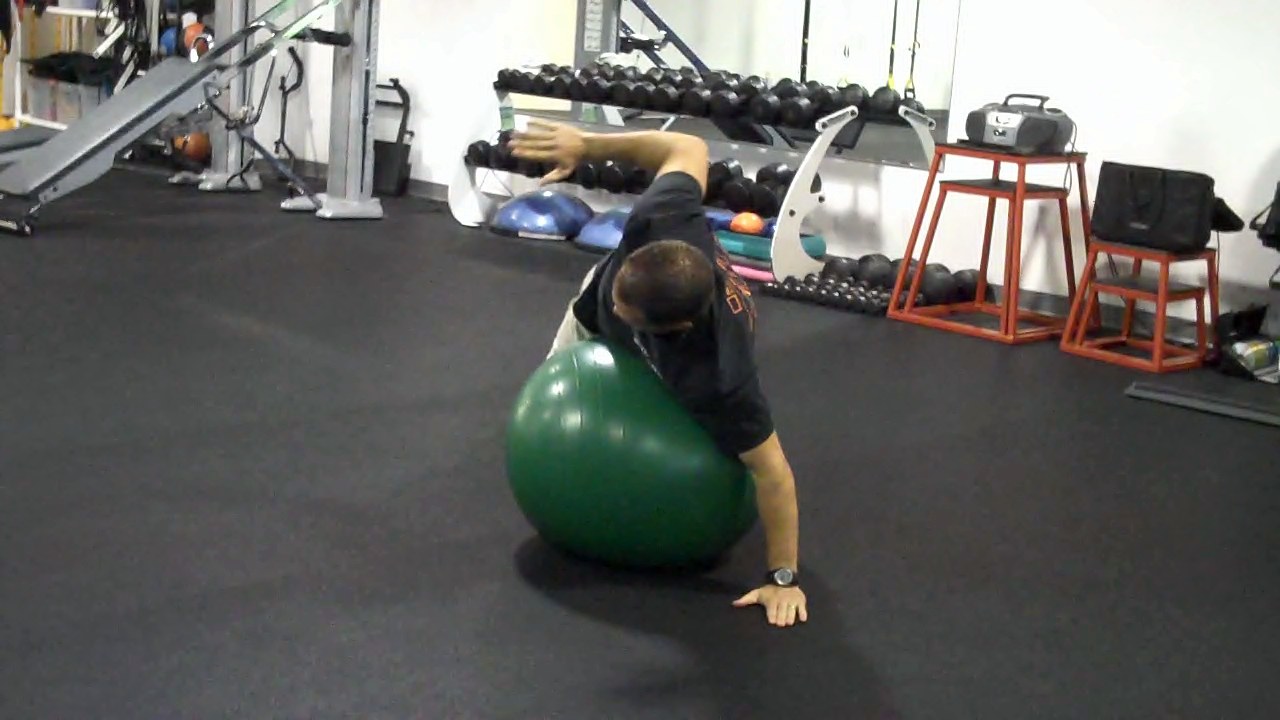 |
Return to the start position prior to repeating the same movement again. Perform two sets of 5-10 reps each side. As you are able, move to an alternate fashion to further challenge stability. Once you master this bent elbow version, progress to a straight arm roll and follow the same movement and repetition scheme.
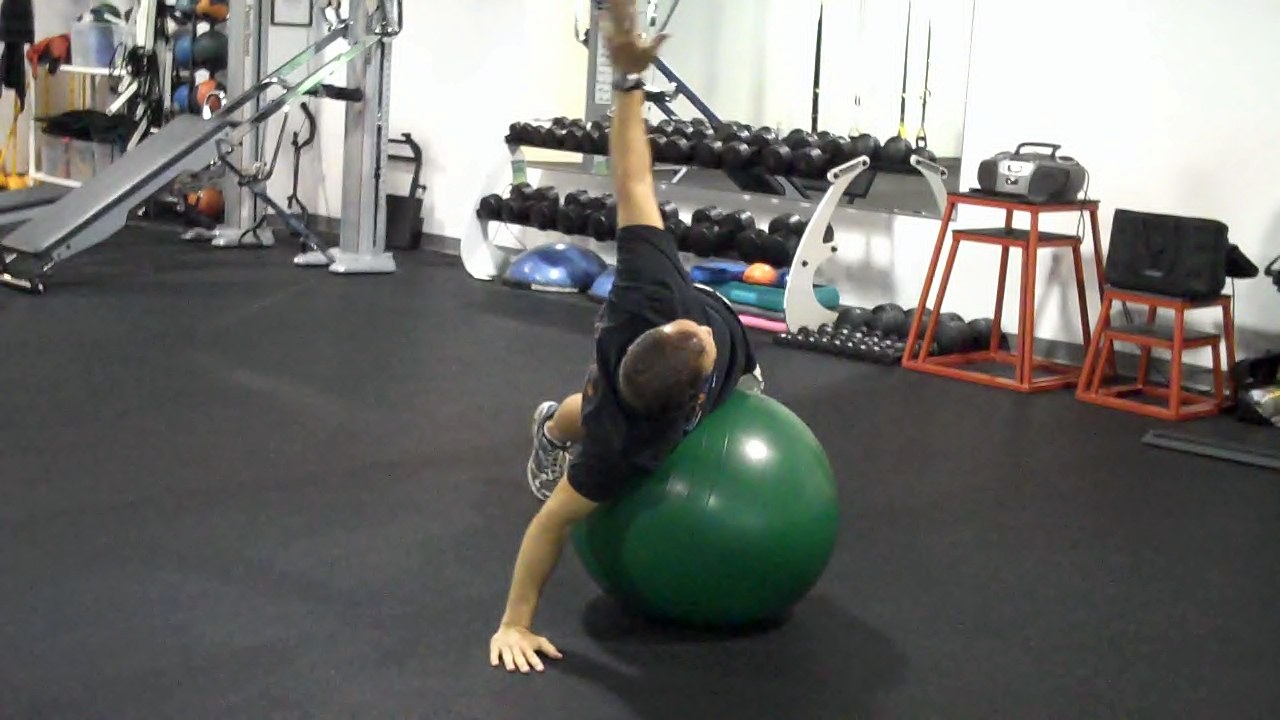 | 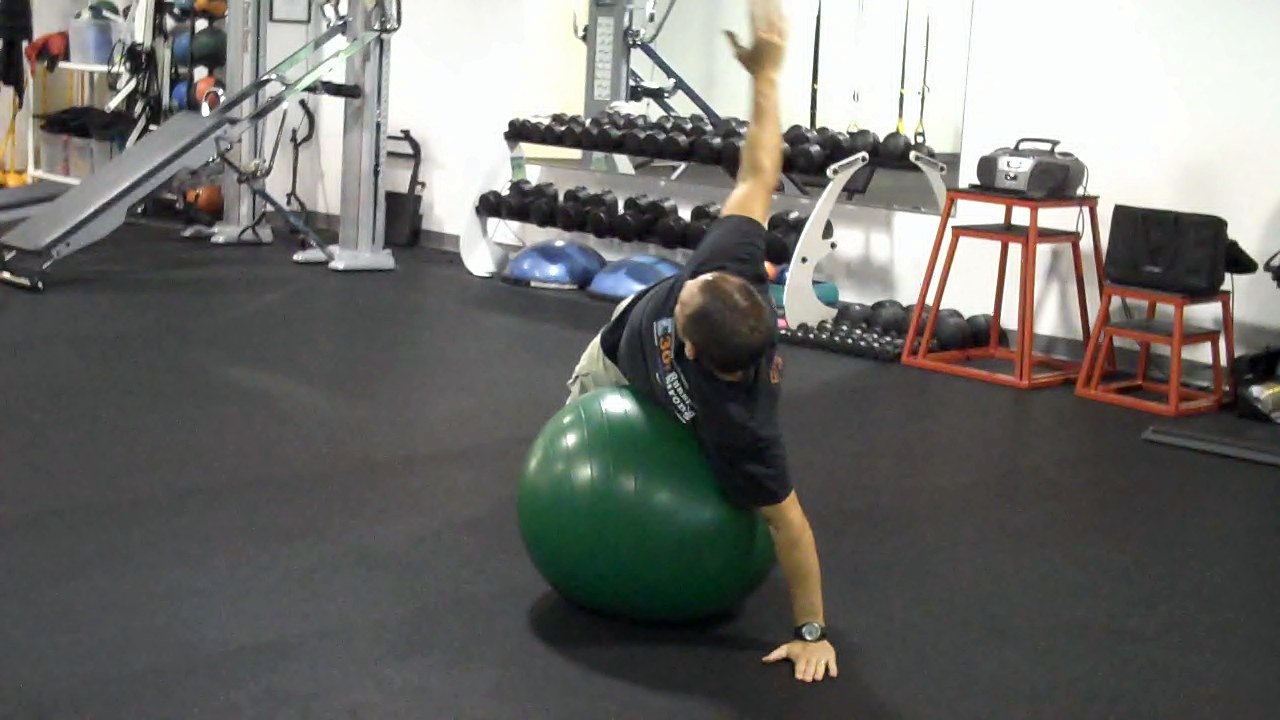 |
Application:
This exercise is designed to improve thoracic spine mobility and core stability. Many athletes and adults lack sufficient thoracic spine mobility, which in turn limits performance and may predispose them to a shoulder or spinal injury.
Utilizing a deliberately slow cadence is best as it maximizes the stability challenge and allows the individual to focus more on the mobility portion of the exercise as opposed to working too hard to remain on the ball. For this reason, I suggest beginning with the supported progression as described above.
However, this mobility exercise can also be advanced to a more progressive strengthening exercise. Simply begin in an unsupported position and roll to one side with both arms moving diagonally. Pause at the end of available motion and repeat 5-10 times on each side. You may then choose to alternate sides every repetition for even greater difficulty.
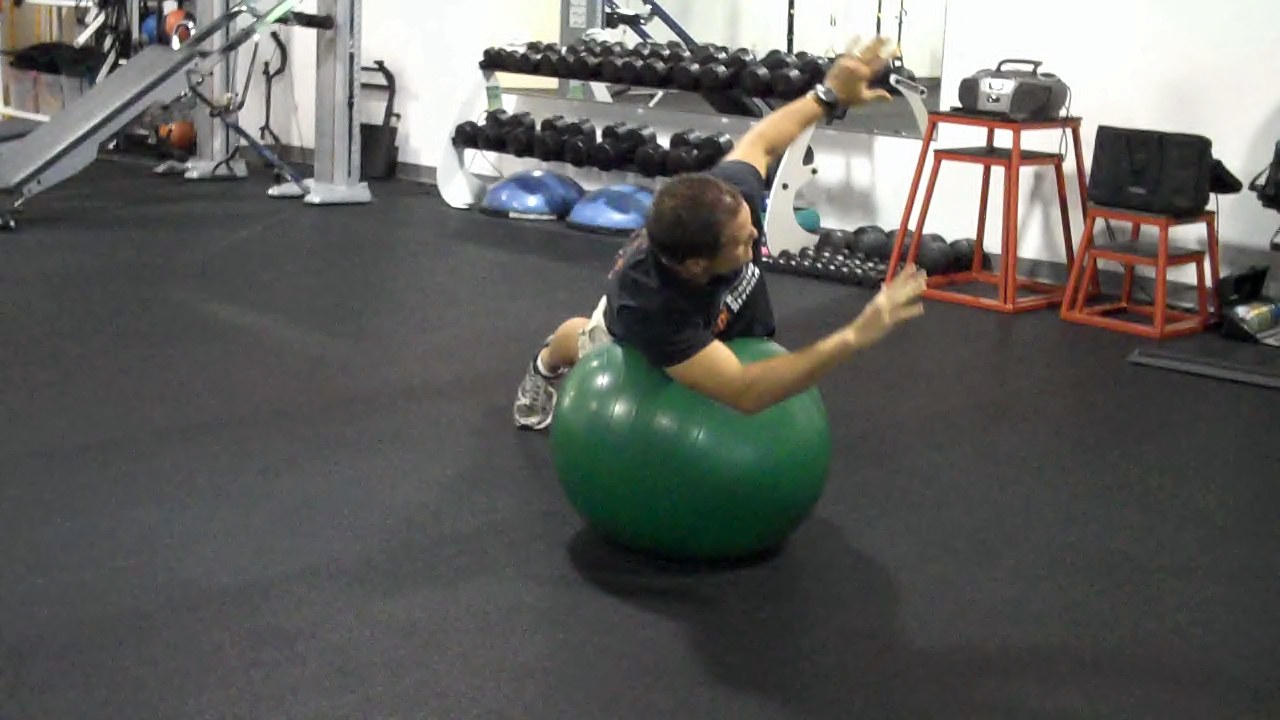 | 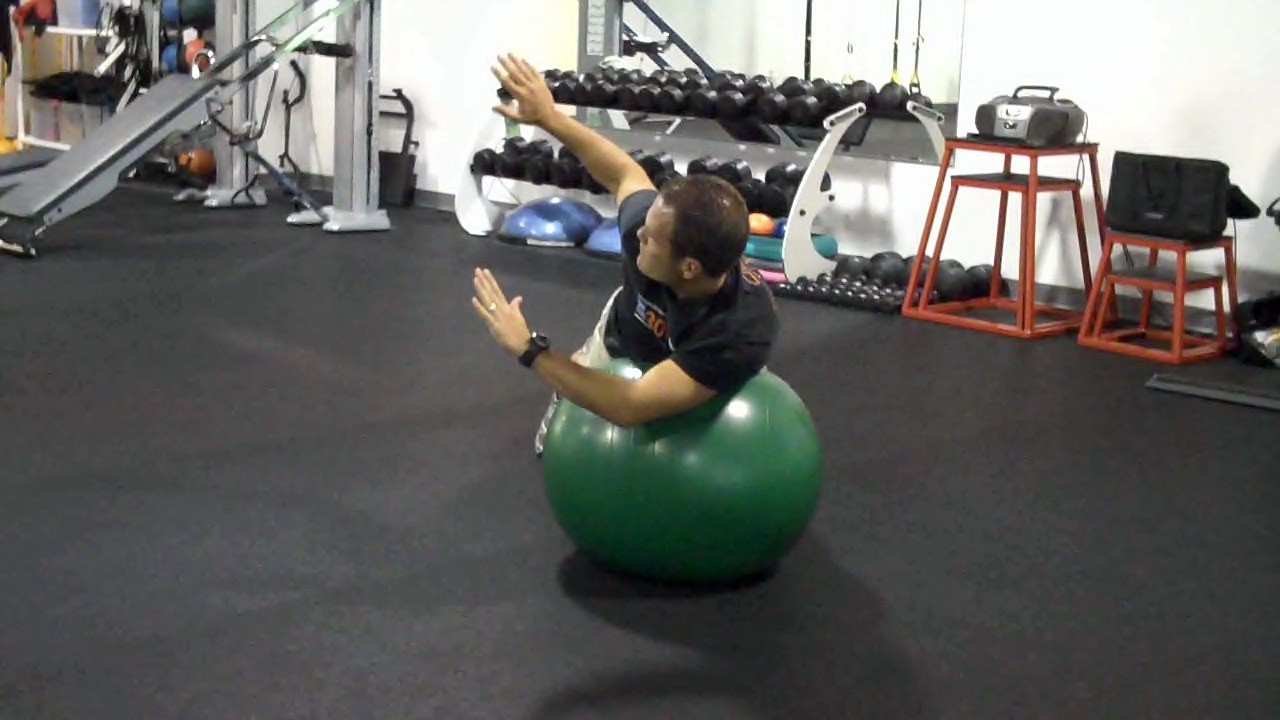 |
This exercise will simulate a natural PNF movement and allow you to identify any one-sided weakness that may not have been detected in the supported mobility exercises. This exercise is particularly useful for clientele with shoulder or scapulo-thoracic issues, swimmers, golfers, tennis players and overhead athletes. I typically incorporate it as part of a dynamic warm-up series with my clientele.
For clients unable to balance or uncomfortable on the stability ball, simply place them in a quadruped position initially (with or without the ball) to achieve the exercise.
Brian Schiff, PT, CSCS (www.brianschiff.com) is a licensed physical therapist, respected author and fitness professional. He became a Certified Strength and Conditioning Specialist (CSCS) in 1998. In 2000, he opened his own personal training and sport-specific conditioning facility, Fitness Edge, in Dublin, Ohio. Brian has presented at several professional conferences and seminars on injury prevention and sport-specific training.















